Why Lab-Scale Roll-to-Roll Coating Is Key to Scalable Battery Production
Double-sided battery coating on a Laboratory Roll-to-Roll Coater.
How do you take a breakthrough battery material from the lab bench to the factory floor without losing performance, consistency, or time?
The answer lies in how you scale your process. While headlines often focus on gigafactories and industrial roll-to-roll (R2R) systems, the real work of scaling starts much earlier. In fact, it starts in the lab. Before any battery can be mass-produced, it must first survive the transition from small-batch experiments to continuous processing, and that transition is where many innovations stumble. The secret to success is not just in the chemistry. It is in recreating real production conditions as early as possible, using lab-scale R2R equipment that mirrors industrial workflows.
This article explores why laboratory-scale roll-to-roll battery processing is the cornerstone of scalable production, how it bridges the gap between research and manufacturing, and what choices such as coating methods can make or break your scale-up efforts.
Setting the Stage for Scalable Battery Manufacturing
Roll-to-roll battery manufacturing is gaining significant traction as the favored approach for producing the next generation of batteries on a large scale. The capability to coat, dry, and assemble battery layers continuously on flexible substrates brings benefits in speed, cost-effectiveness, and uniformity. However, while the long-term promise of roll-to-roll battery production is evident, its success depends greatly on what occurs at the laboratory level. Before materials advance to pilot lines or full production, they must be tested, optimized, and validated using lab-scale roll-to-roll methods that closely replicate the conditions of high-volume manufacturing.
Laboratory-scale roll-to-roll processing is not merely a smaller version of full-scale production. It is the point where initial design decisions meet practical implementation. Every formulation, coating technique, and drying schedule must be suitable not only for the final battery design but also for the continuous processes that enable industrial-scale manufacturing. A dependable and consistent lab-scale system creates the groundwork for this transition, reducing risks and speeding up development.
The Laboratory Roll-to-Roll Coater is the ideal coating machine for scaling up to roll-to-roll processing of battery electrode materials or for testing and optimizing battery electrode slurries.
From Materials to Metrics: The Importance of Early Process Fidelity
Battery materials are evolving at a rapid pace. High-capacity anodes such as silicon, solid-state electrolytes, dry-coatable polymers, and lithium-sulfur chemistries are now central in many research projects. These materials often behave in unique ways during coating and drying. Properties like viscosity may change when sheared, solvents can interact with substrates, and drying speeds may vary widely depending on environmental conditions. The only way to fully understand and control these factors under realistic manufacturing conditions is to replicate them at the lab scale.
The thickness of the coating, drying rates, and uniformity of electrode layers directly impact battery performance. Flaws such as pinholes or clumps can cause short circuits, reduce cycle life, or diminish capacity. Lab-scale roll-to-roll equipment allows researchers to adjust key parameters including web speed, coating gap, slot-die head positioning, and drying temperature profiles. These changes are much harder to make once a material is moved to a pilot line. Perfecting the process early saves time and resources down the line.
A key advantage of using a precisely controlled lab-scale roll-to-roll system is the ability to produce reliable, repeatable data. In battery development, small inconsistencies can lead to large variations in electrochemical results. By standardizing process parameters from the start, teams can separate effects caused by the materials themselves from those introduced by processing variability. This consistency is vital not only for in-house research but also for collaboration between academic groups, suppliers, and manufacturers.
Slot-Die Coating vs. Slurry Coating in Roll-to-Roll Processes
When it comes to coating battery electrodes in roll-to-roll systems, two main approaches dominate: slot-die coating and slurry coating. Both methods have distinct advantages and challenges that influence their suitability for lab-scale and industrial production.
Slot-die coating involves dispensing a precisely controlled liquid film from a narrow slot onto the moving substrate. It offers excellent control over film thickness and uniformity, making it ideal for thin, highly consistent layers. Because the fluid flow is well managed, slot-die coating reduces material waste and improves repeatability. This precision is crucial for battery electrodes, where layer thickness can directly affect performance.
Slurry coating, by contrast, typically involves spreading a viscous mixture containing active materials, binders, and solvents onto the substrate using techniques like doctor blades or knife-over-roll systems. Slurry methods can handle higher solids loading and thicker coatings, which are sometimes necessary for certain battery chemistries. However, slurry coatings can be less uniform and more prone to defects such as agglomerates or uneven drying, which may require additional process optimization.
At lab scale, slot-die coating systems offer tighter control and faster adjustments, which can accelerate development and scale-up. Slurry coating, while sometimes simpler to implement, may present more challenges when transitioning to continuous roll-to-roll production due to the complexity of maintaining consistent slurry properties and layer quality.
Choosing between slot-die and slurry coating depends on the battery chemistry, required electrode thickness, and production goals. Both methods can be integrated into lab-scale roll-to-roll equipment, enabling researchers to evaluate process feasibility and scalability early in development.
It’s easy and fast to test battery slurries on the compact Laboratory Roll-to-Roll Coater.
Anticipating Scale-Up Challenges in the Lab
An additional benefit of early roll-to-roll development is the chance to evaluate how well new materials and processes can be scaled. Not every promising lab result can be translated successfully into continuous production. Materials that perform well when cast in small batches may be incompatible with continuous coating, requiring reformulation or substrate changes. Spotting these issues early allows teams to focus on the most promising candidates and avoid costly dead ends.
Although lab-scale roll-to-roll systems are critical, they come with challenges. Adapting continuous processes to compact setups demands careful control of web handling, tension, and coating behavior. Many labs also impose special constraints such as inert atmospheres or solvent containment that must be accommodated without losing process accuracy. Drying methods that scale effectively, like infrared or convective heating, must be modified to maintain temperature uniformity and airflow control in the lab.
Measurement is another key area that needs special attention in lab-scale roll-to-roll. Inline sensors commonly used in industrial lines to measure layer thickness, solvent levels, or surface treatments are less frequently installed in lab setups. However, these measurements are vital to understanding process trends and pinpointing sources of variability. Integrating data logging and control software can reveal insights into coating stability, tension shifts, and environmental factors like humidity or temperature fluctuations. Such information is critical to confidently scaling up production.
The LR2RC750 Battery Coater is the ideal coating machine for scaling up to roll-to-roll processing of battery electrode materials or for testing and optimizing battery electrode slurries.
Designing for Scalability From Day One
Moving from lab to pilot production involves more than simply increasing web width or speed. It requires a thorough understanding of how materials behave over time, under stress, and in different environments. Planning experiments at the lab scale with scale-up in mind ensures a smoother transition. This includes running tests at relevant speeds, using solvents that are practical for large-scale use, and replicating drying techniques and residence times expected on industrial lines. The closer lab conditions match production realities, the more valuable the findings.
Battery development today faces intense pressure to deliver new chemistries fast. Goals like decarbonization, supply chain security, and better consumer products drive this urgency. Efficient use of time and resources is critical. Lab-scale roll-to-roll systems allow multiple formulations and electrode designs to be tested in parallel, manufacturability to be screened, and process parameters to be refined quickly. This flexibility helps developers fail fast, learn fast, and move forward with confidence.
Perhaps most importantly, lab-scale roll-to-roll platforms foster collaboration. Universities, startups, and industrial research teams can work on common tools and procedures. This shared framework aligns expectations and eases the transfer of processes to manufacturing. It also benefits the wider supply chain, from equipment makers to materials suppliers, by providing standardized data that improves compatibility and performance.
Scaling battery production is more than just making more units. It requires a comprehensive understanding of how materials, processes, and equipment interact. Lab-scale roll-to-roll processing is key to building this knowledge. By allowing researchers and engineers to evaluate, refine, and reduce risk early, it cuts uncertainty and lays the foundation for high-yield, high-performance battery manufacturing.
In an industry where consistency, safety, and speed to market are essential, investing in lab-scale roll-to-roll equipment and expertise is a necessity. It is the best way to ensure that what works on paper also works on the factory floor.
The Slot-die Coater is an excellent choice for researchers focused on developing and optimizing battery electrode slurries at the laboratory scale.
Conclusion
Laboratory-scale roll-to-roll battery processing is not just a step in the development pipeline. It is the foundation that determines whether a promising material ever makes it to mass production. By simulating industrial conditions early, researchers can test real-world feasibility, reduce costly surprises, and accelerate the path to commercialization.
Choosing the right coating method, understanding material behavior under continuous processing, and capturing reliable data are all crucial to building a process that scales. Lab-scale systems make it possible to explore these factors in a controlled, flexible environment that mirrors full-scale manufacturing.
As battery technologies continue to evolve and markets demand faster innovation, companies and research institutions that invest in lab-scale roll-to-roll capabilities will be better positioned to lead. The road to industrial battery production starts in the lab, and success depends on treating it with the same precision, attention, and purpose as the factory floor itself.
Get Professional Support for Your Battery Coating Needs
Need help with slot-die coating, coating machines, or any related applications?
Contact infinityPV’s experts today for professional guidance and support.


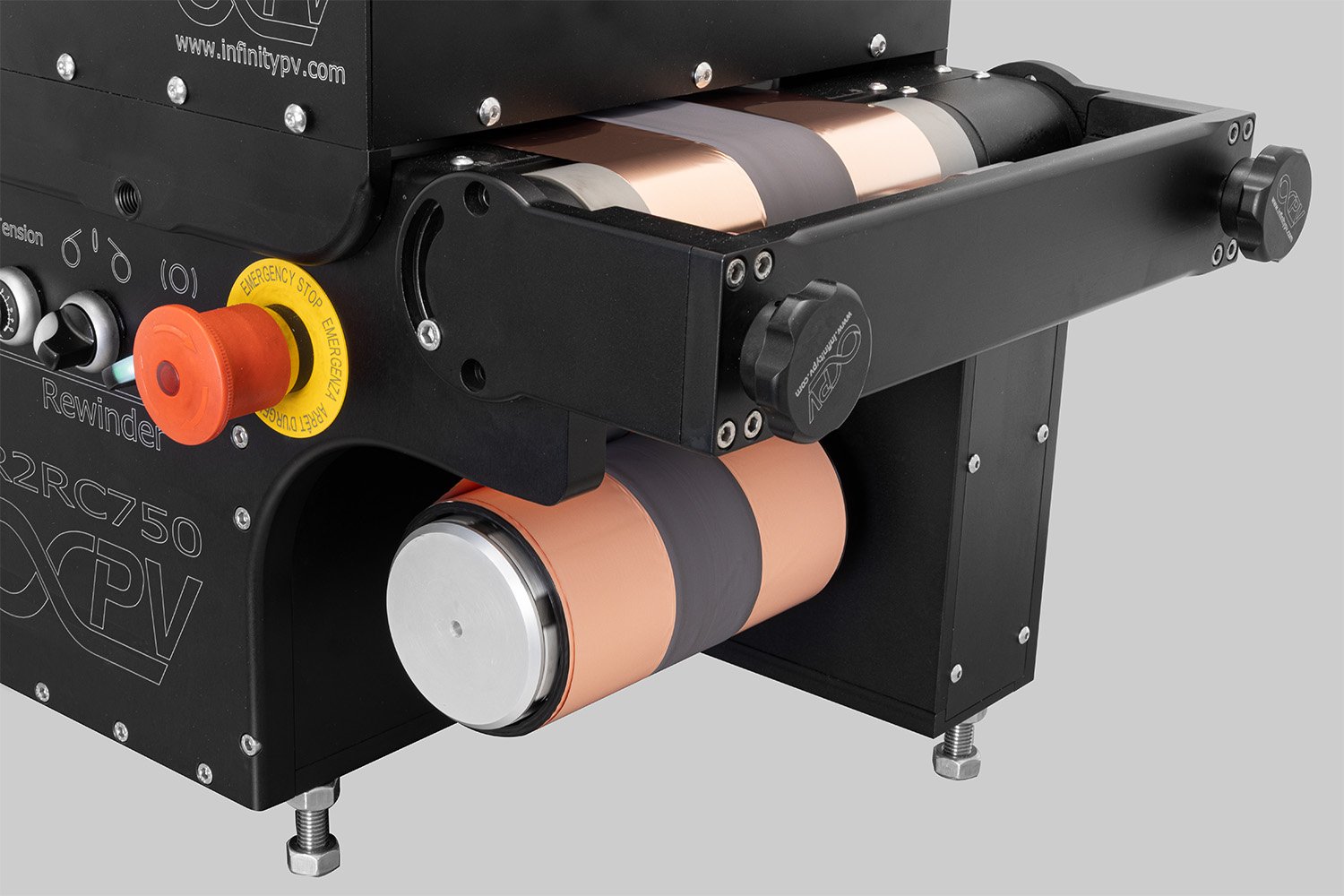

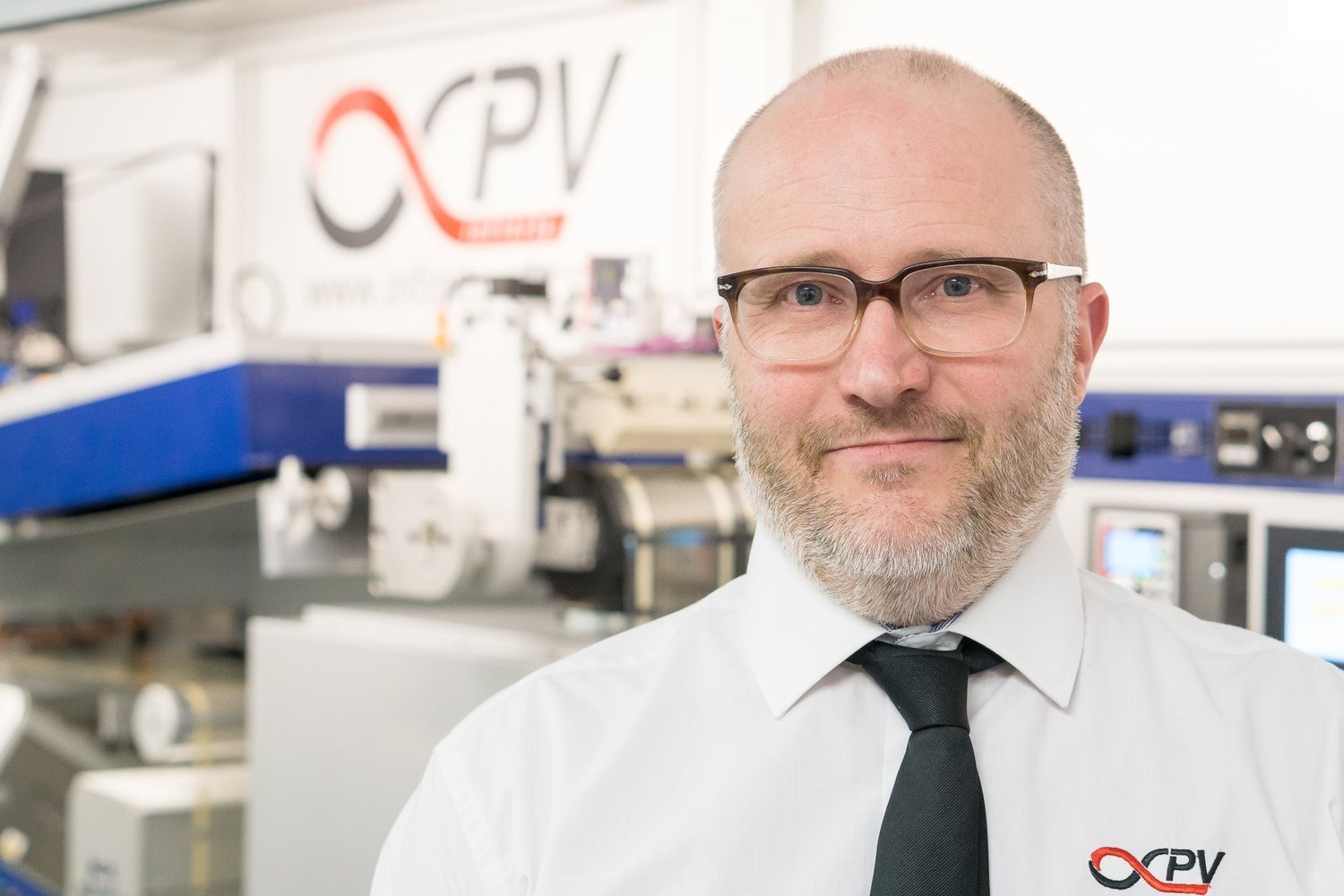
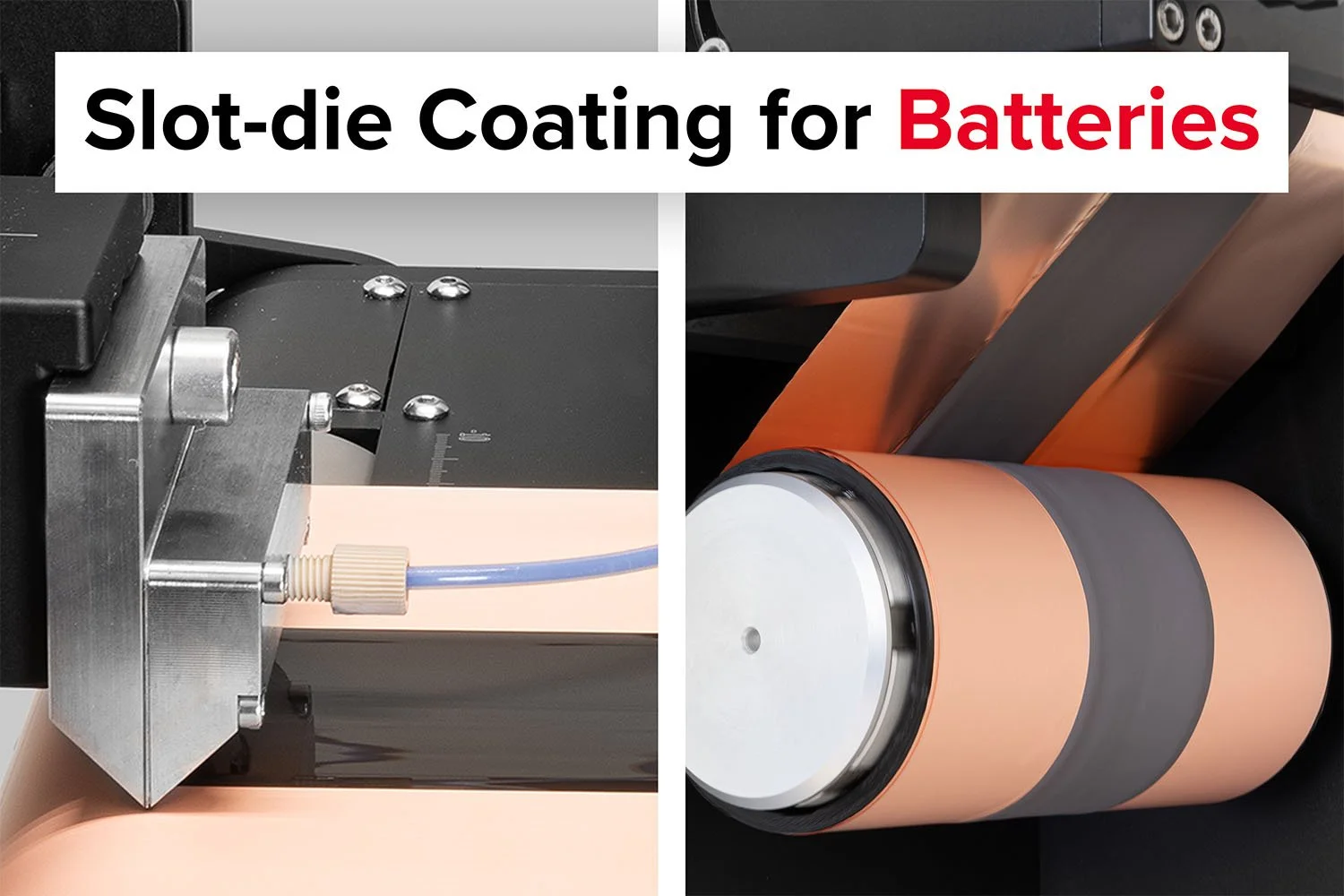

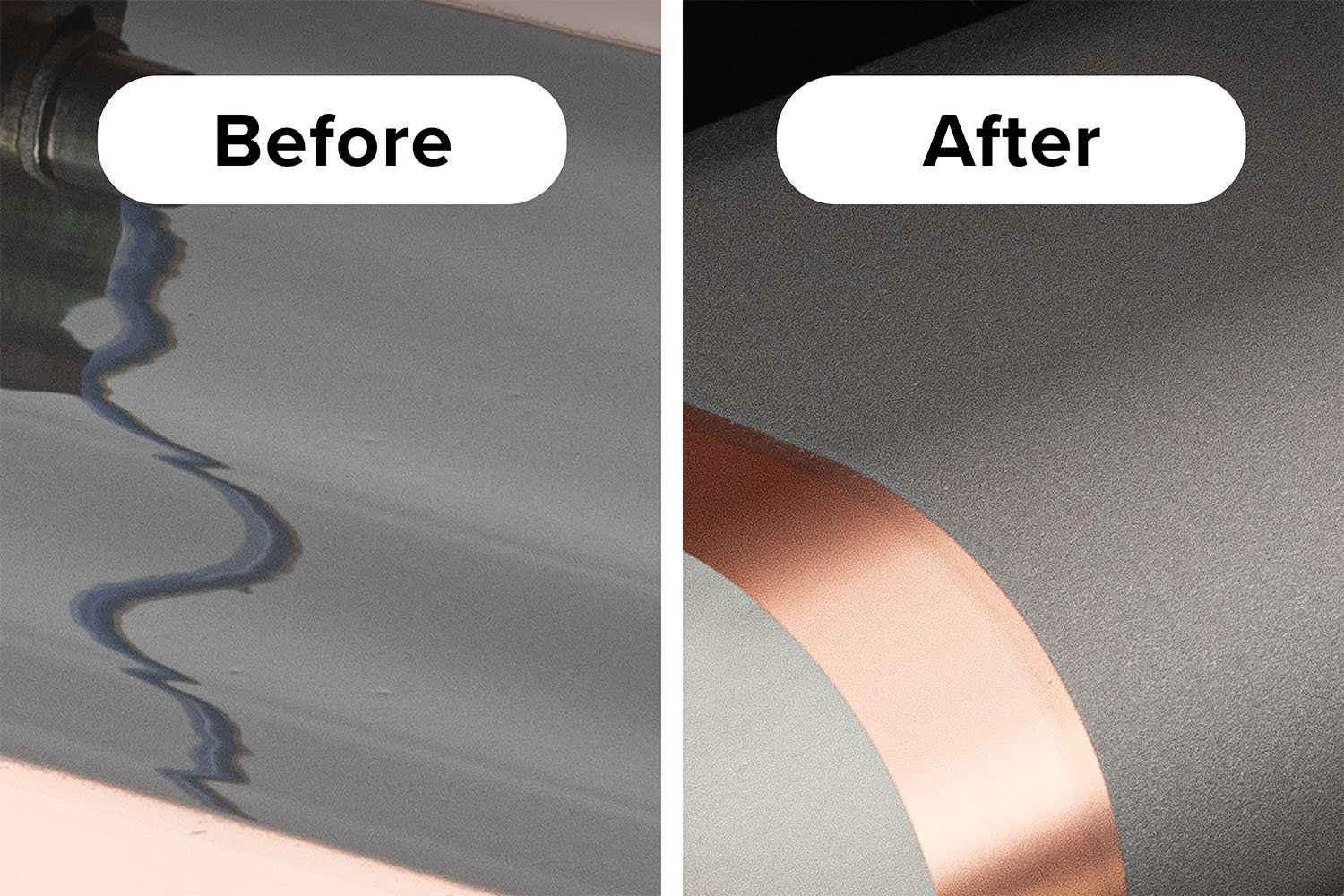


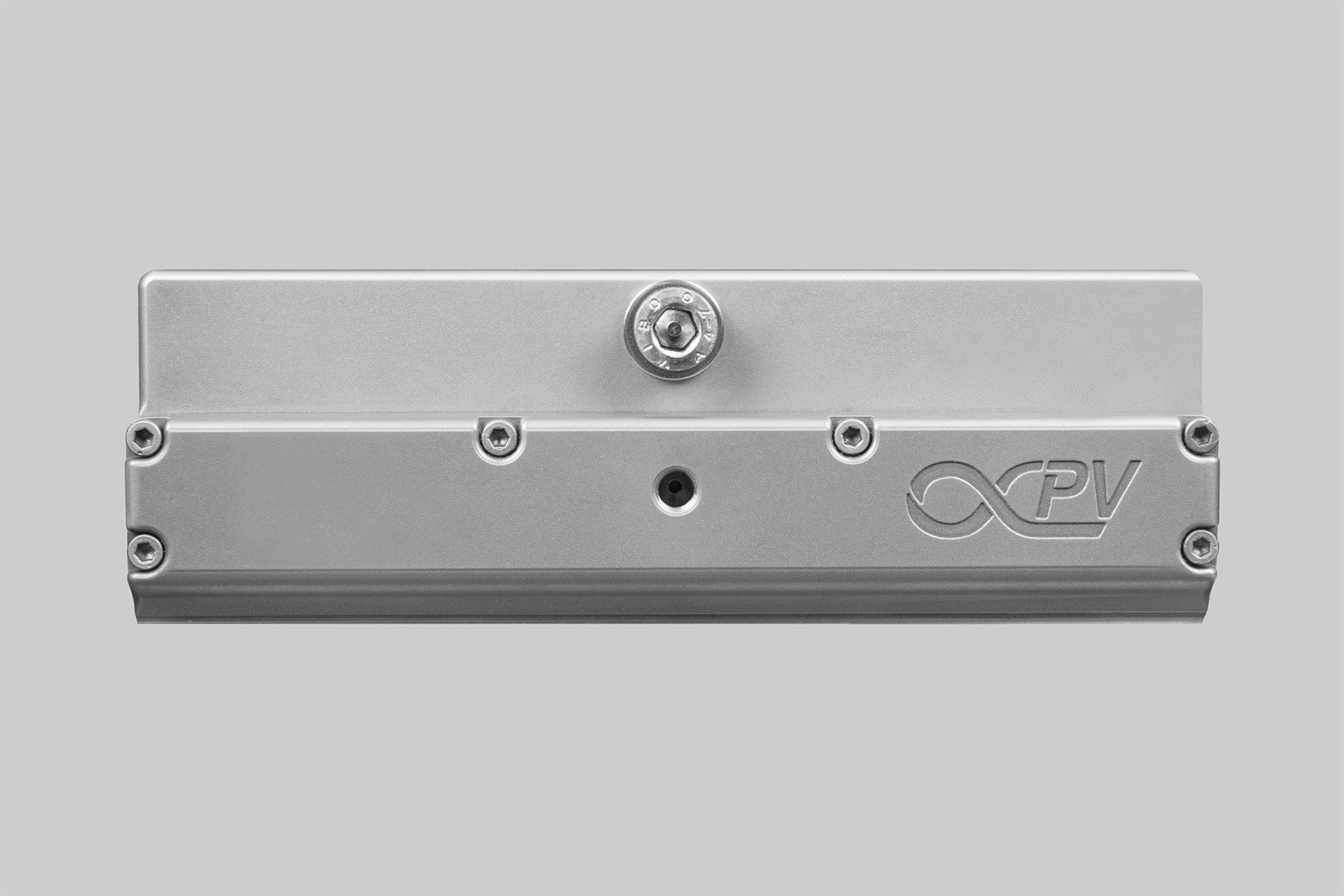

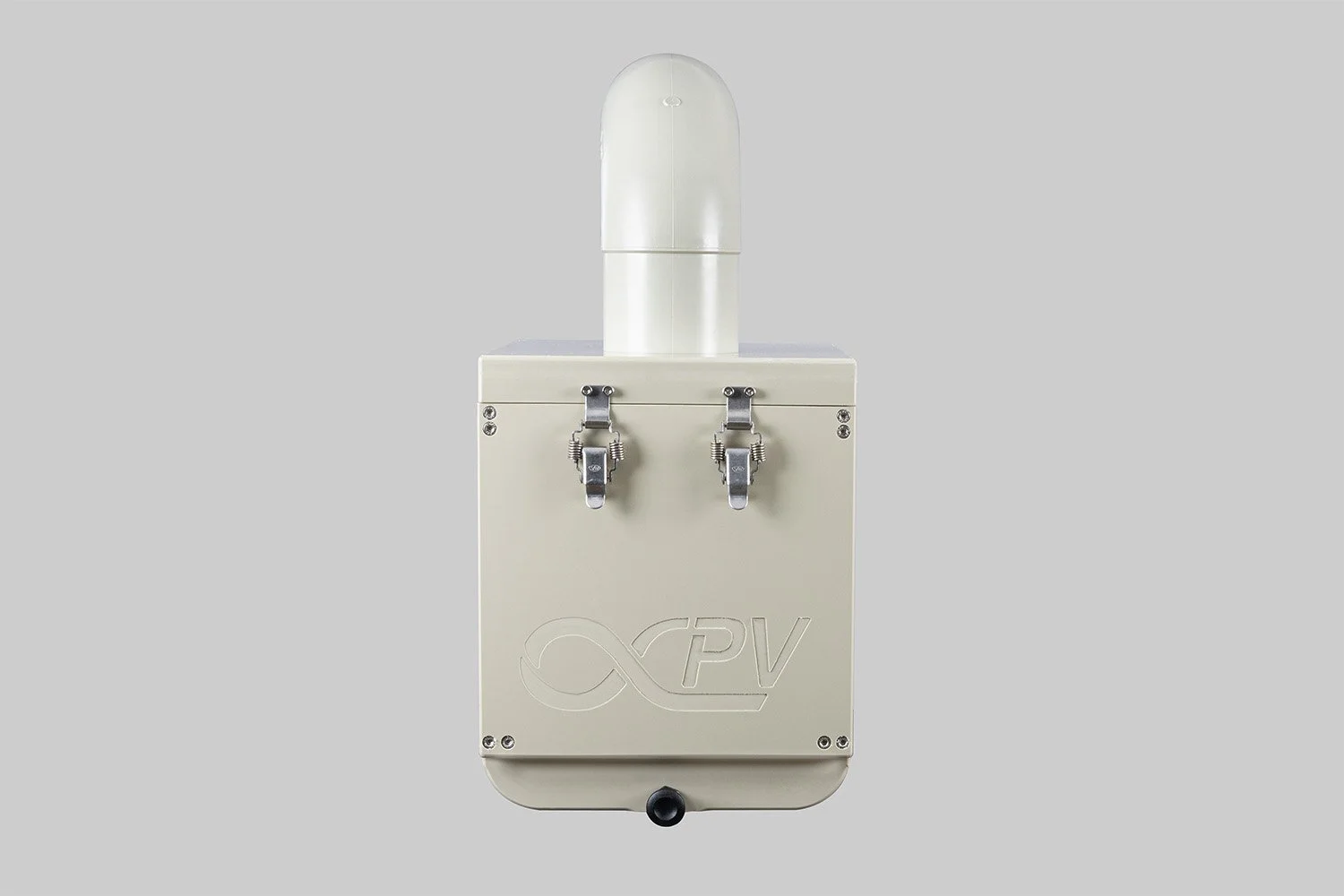


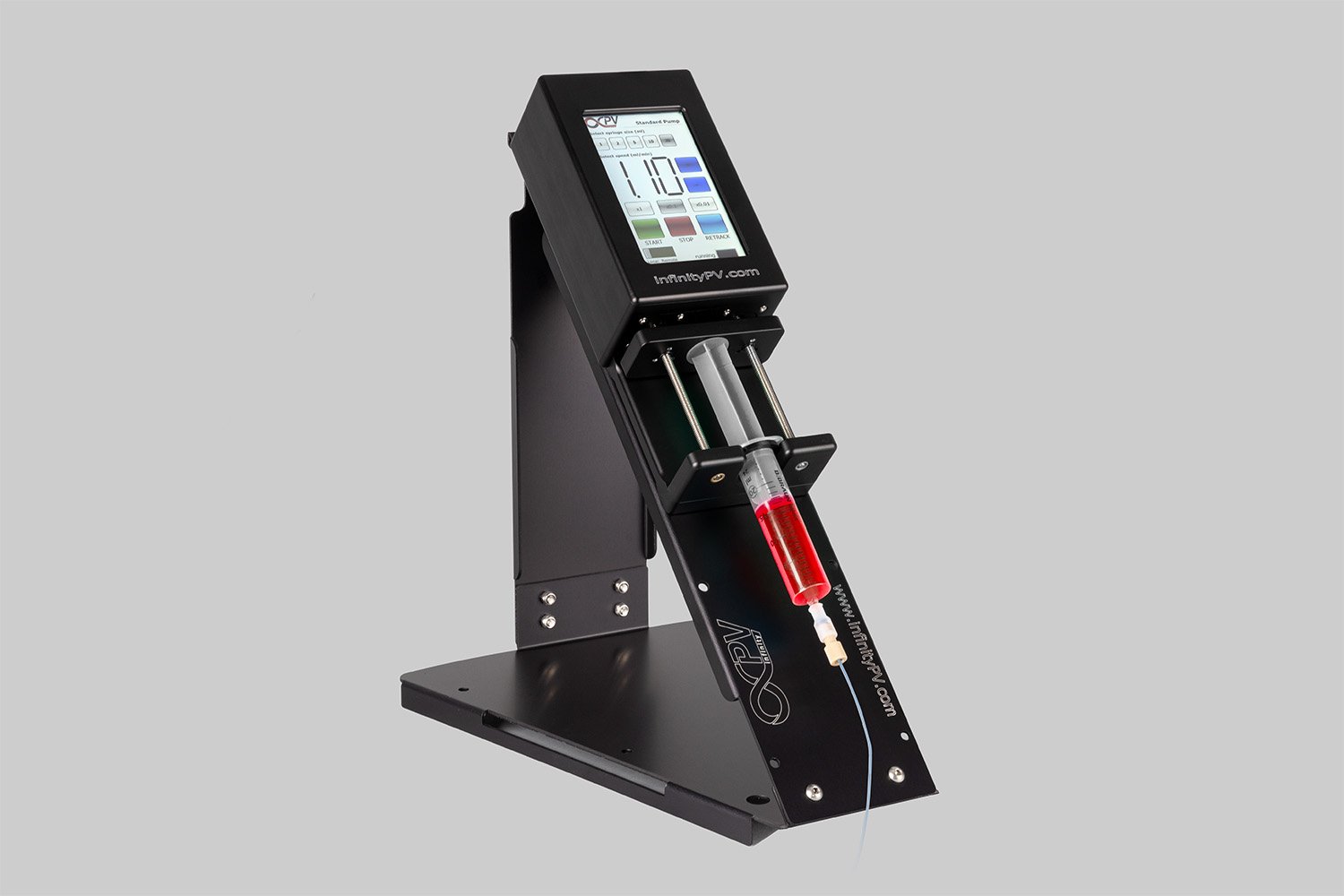
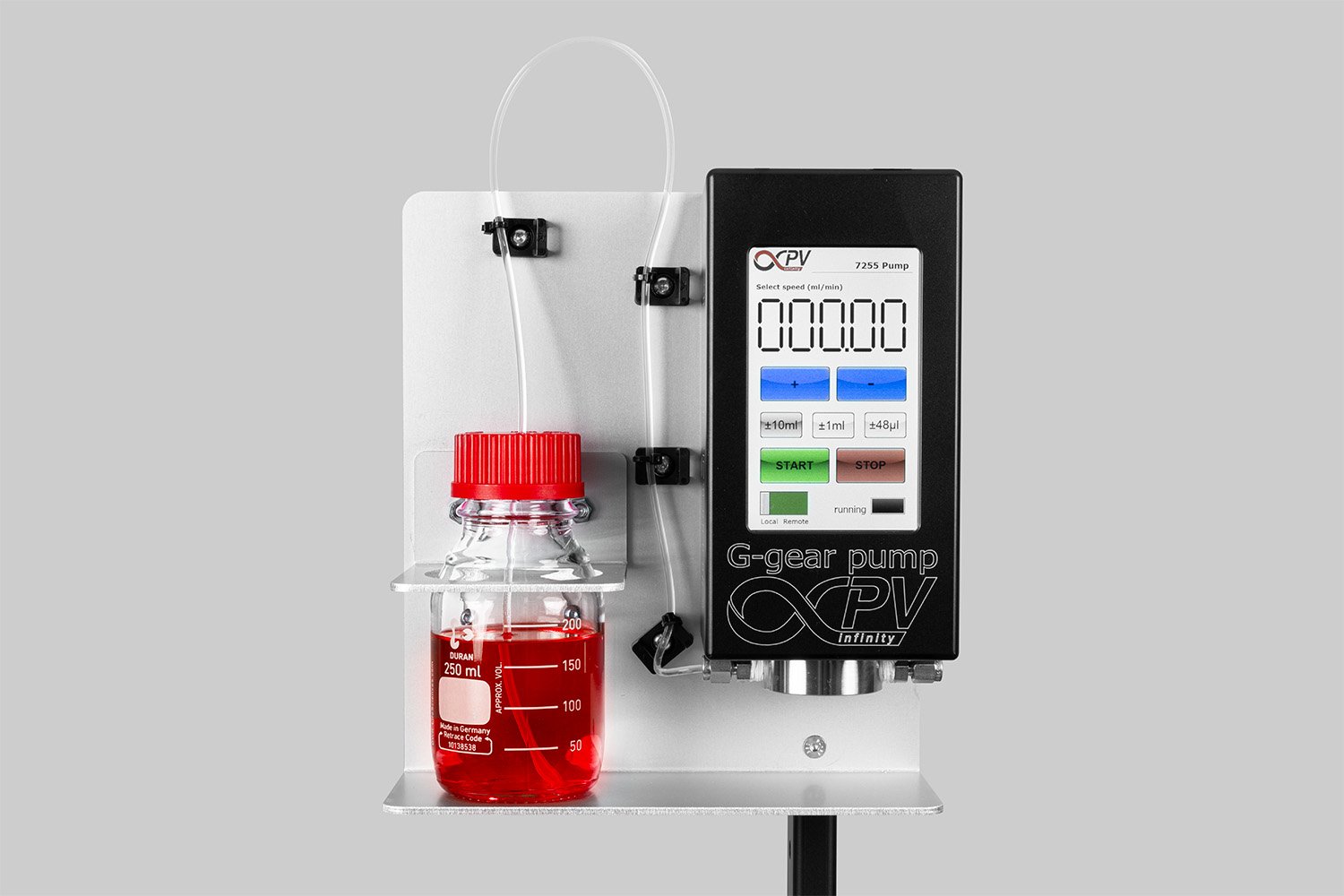


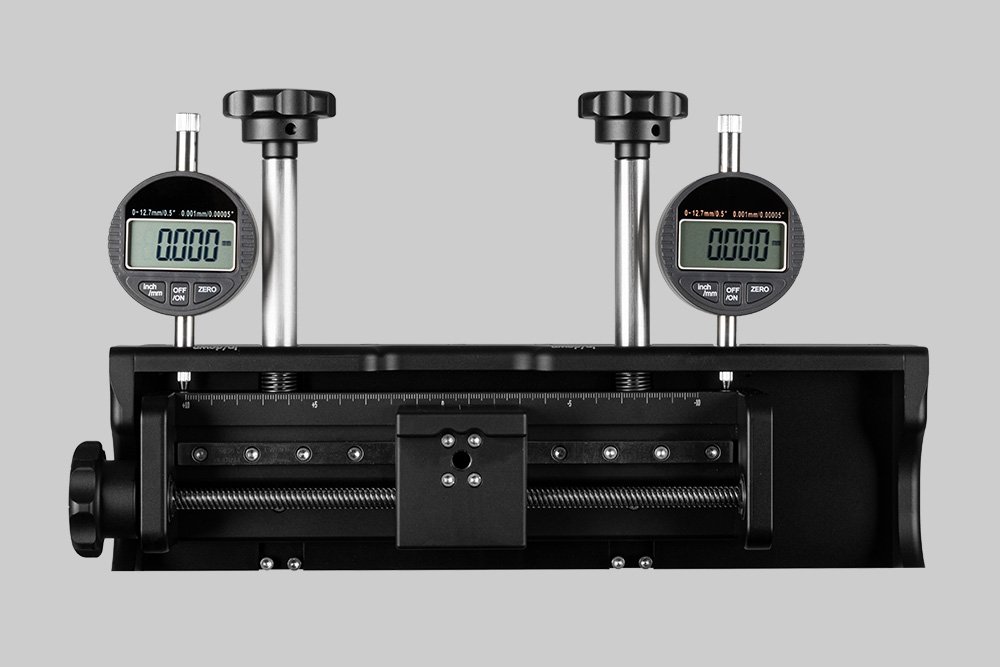
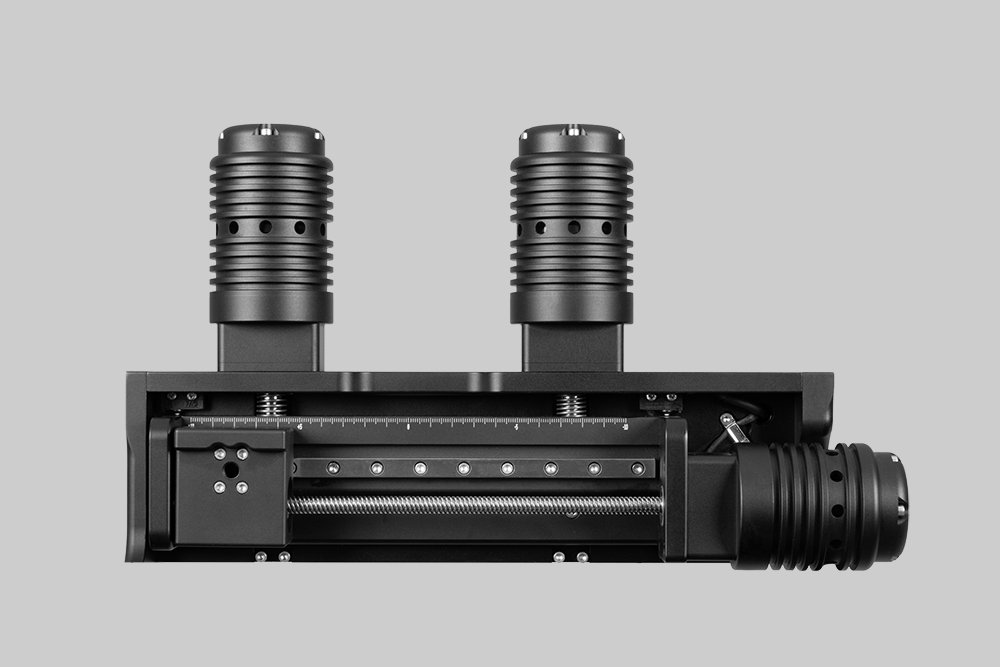

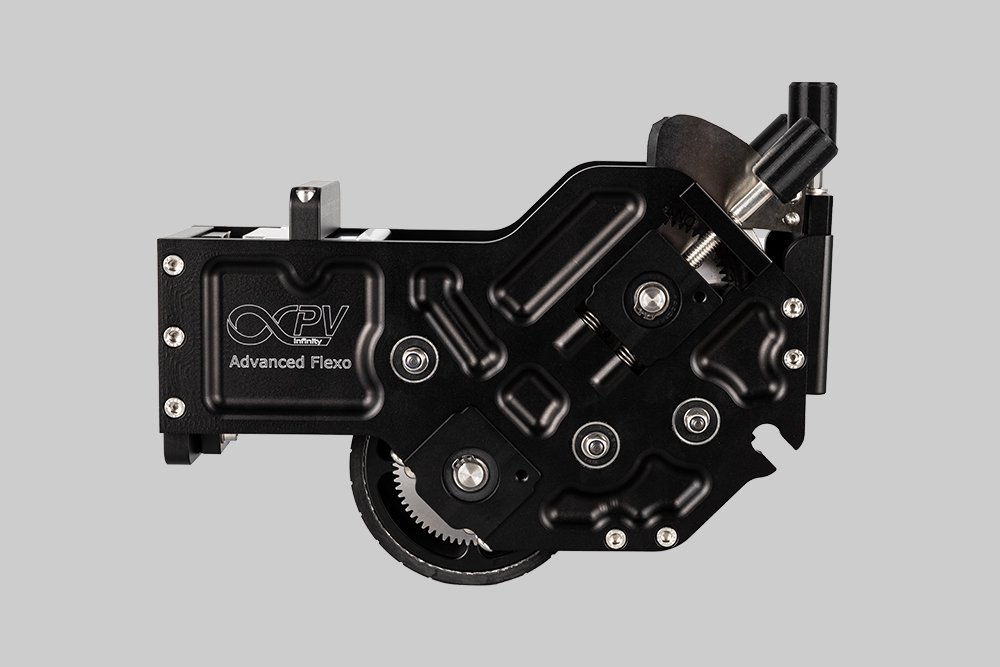


Probably the World’s Most Compact R2R Slot-die Coater: A compact, fully integrated roll-to-roll coating platform for laboratories, complete with a mounting system, anodized rollers, a syringe pump, a 65 mm stainless slot-die head and an infrared oven system—delivering unmatched precision and scalability.